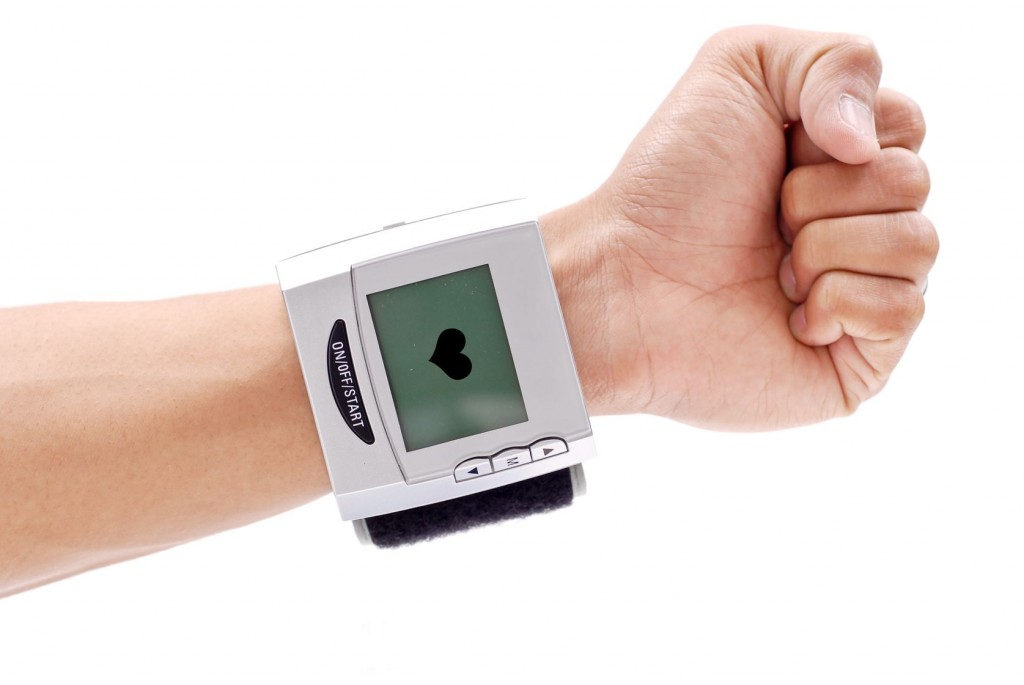What gets measured gets monitored. It’s important to have a desire to be healthy but unless you make your health goals specific and trackable, there’s seldom progress.

Courtesy 123RF/jovani Carlo Gorospe
Good health is mainly the result of good habits. But I do like to have hard evidence that confirms my efforts are truly making a difference. For me, it starts with five areas that I want to know my numbers. Numbers help me celebrate wins, tighten up my focus as necessary, and help me avoid big problems down the road by making course corrections now.
My Top 5 Health Numbers
- Weight/BMI. Most have a good idea of their weight. But that number in and of itself doesn’t mean as much. That’s where BMI comes in—Body Mass Index. It’s a simple way to measure the percentage of body fat based on your height and weight. You can determine your own BMI and ranking with this simple BMI calculater. The collective BMI of us Americans is too high and getting worse everyday, including our kids. Risk of chronic disease and death go up with our BMI so it’s a good number to know and track.
-
Blood pressure. This is reported as a combination of two numbers as a ratio; e.g., 120/80. The first number refers to systolic; the second, diastolic. Both are read as millimeters of mercury. The normal range per the American Heart Association is considered less than 120/80. Varying stages of hypertension above normal and risks can be found here. High blood pressure can be the result of many things such as being overweight, heart disease, and/or chronic stress. A good wrist monitor like the one I use or a free blood pressure machine at most pharmacies can help you keep track.
-
Cholesterol. Cholesterol is a good thing—your body produces what it needs. But too much from eating foods from animal sources is not. High levels or bad ratios can lead to heart disease, a heart attack or stroke. There are two types: HDL (good) and LDL (bad). You can have a simple lipid panel blood test ordered by your doctor or have done yourself through Econolabs. Here are the numbers, ratios, and ranges I use to monitor my healthy levels:
- Total: < 200. Optimal: 160-180
- HDL: Between 40-125. Optimal: 60 or higher
- LDL: < 130. Optimal: 80 or less
- Ratio Total to HDL: < 4. Optimal: 2.5
- Ratio HDL to Total: > 24. Optimal: > 30
- Triglycerides. A common type of body fat usually measured in conjunction with cholesterol. An unhealthy amount puts one at risk in the same way as high cholesterol. I aim for the following:
- Triglycerides: Between 30-150. Optimal: < 100
- Ratio Triglycerides to HDL: < 2
- Inflammation. Inflammation is a process of our body’s defence system to counterattack foreign organisms such as bacteria and viruses. It can also, however, be activated by other factors and cause your defence system to turn on the body itself. This is the cause of autoimmune diseases such as certain types of arthritis and lupus. C-reactive protein (CRP) in produced by the liver to counter inflammation so a high-sensitivity C-reactive protein (hs-CRP) test can monitor a level of inflammation. The range I use for a good target is < 5 (optimal: < 1.3). It’s a simple blood test ordered by your doctor or through any medical lab.
Knowing numbers is only the start. They simply provide a context for making better choices and establishing action plans and habits to move you toward better health.
Work with your health professional and educate yourself. And keep making healthier choices every day.
Question: What numbers do you monitor to keep moving you toward better health? Share your answer in the comments below.